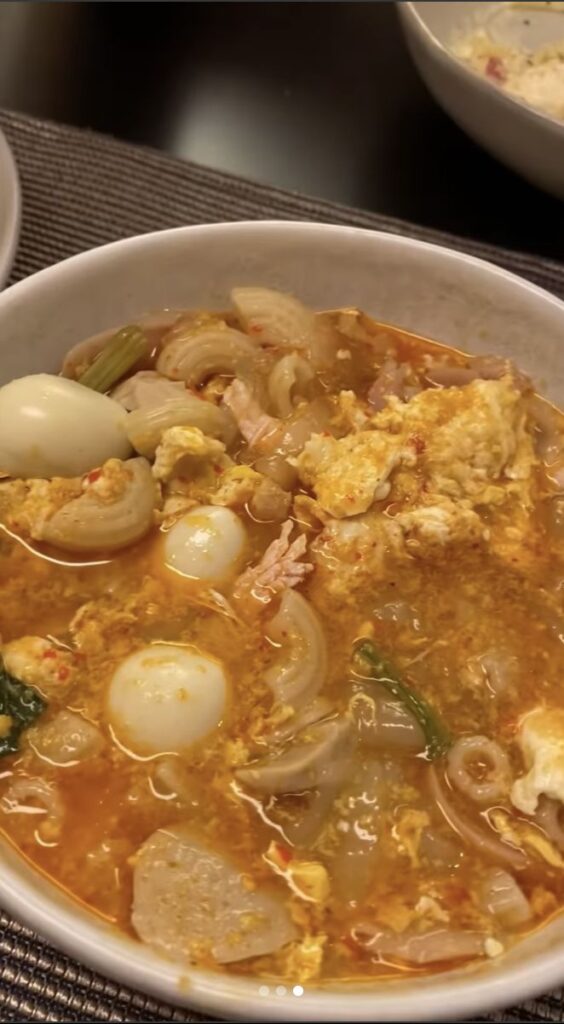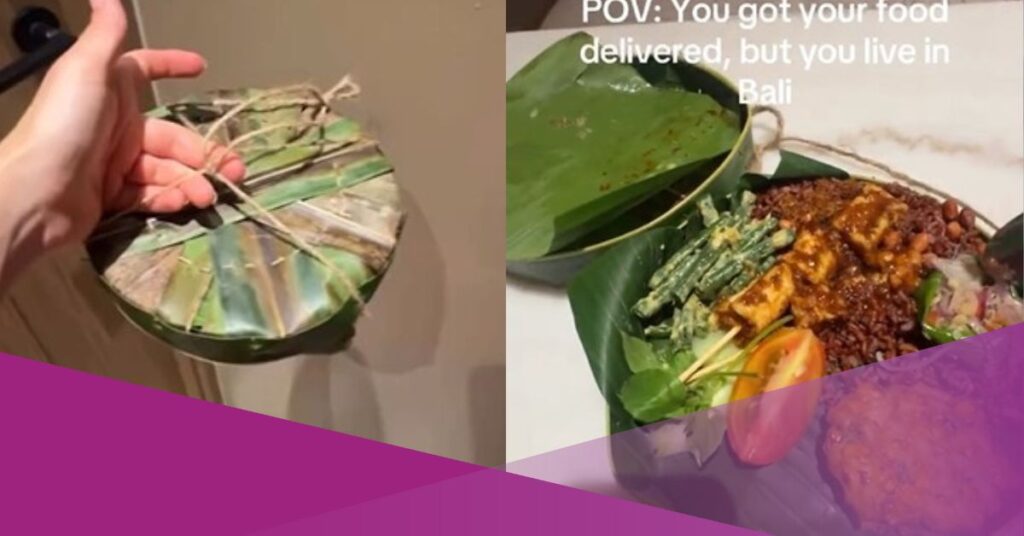Seblak, a Sundanese speciality from Bandung, West Java, has quietly travelled beyond Indonesian borders and is now making waves in Thailand.
Known for its spicy and savoury kick with the distinctive aroma of galangal (kencur), seblak has long been a comfort food in Indonesia.
Traditionally made from crackers boiled with garlic, cayenne pepper and galangal, it has evolved into a versatile dish with a range of toppings: meatballs, sausages, noodles, chicken, eggs, macaroni, vegetables and even seafood.
In Indonesia, seblak surged in popularity around 2015, particularly among young people looking for affordable street food with bold flavours.
What started as a humble snack has now taken on an unexpected second life across the border, where Thai netizens, celebrities and TikTokers have joined the craze.
Celebrities, TikTok and the Thai Connection
One of the figures at the centre of this culinary trend is Thai singer and content creator Oon Chanisara. On her TikTok account, Oon uploaded several videos of herself and her husband trying seblak.
In one clip, she repeatedly exclaimed “Aroi!”—the Thai word for delicious—while admitting the dish’s pepper-heavy seasoning had her sweating.
In another video, she commented with a laugh: “The pepper is too much, and it needs more galangal, but it’s still really tasty.”
Her husband, equally enthusiastic, shouted: “I love seblak!” while tucking into a bowl. The couple’s videos quickly gained attention, prompting curiosity among their followers. Soon, other Thais began seeking out the dish, either by ordering online or visiting local eateries.
According to DetikFood, the seblak featured in Oon’s video came from a Thai online shop, @puckchumm, which sells a variety of Indonesian foods. Their version featured crackers, macaroni, quail eggs and vegetables, all doused in an orange-coloured sauce.
The sight of Thai celebrities and influencers enthusiastically slurping seblak has since filled Indonesian TikTok users’ For You Pages, leaving many both amused and proud.
One Indonesian user commented: “This is why all the Thai people on my FYP are trying seblak.” Another wrote: “What’s going on in Thailand? Why are they all mukbanging seblak???”
A Street Food Phenomenon with Shared Tastes
Beyond the celebrity spotlight, everyday Thais have also joined the movement. TikToker @joinjoy89, for example, filmed herself preparing seblak at home, starting with soaked crackers before adding garlic, shallots, chillies, galangal and assorted toppings.
@joinjoy89 หาไม่ได้ก็ลองทำเองไปเลย เหมือนออริจินอลมั้ยไม่รู้ แต่เหมือนจะติดใจเลยอ้า อร่อยย #เซบลัค #seblak #กินโชว์ #tiktokพากิน ♬ เสียงต้นฉบับ – คอจออ
Reviewing the dish, she said: “It’s spicy, savoury and has an aroma like ginger and galangal but overall, it’s delicious.”
Some Thai fans buy ready-to-cook instant seblak imported from Indonesia, while others experiment in their own kitchens, adjusting the spice levels to suit local preferences.
The phenomenon has struck a chord with Indonesians, many of whom are surprised yet delighted to see a dish once considered “humble” gaining international recognition.
One netizen reflected: “Now it’s levelled up. Hopefully, other less-common foods will follow suit.” Another added: “Finally, my prayers have been answered seblak has gone international.”
Many Indonesians also point out that the appeal of seblak in Thailand makes sense. With both countries sharing a taste for bold, spicy and savoury dishes, it is perhaps unsurprising that the Sundanese dish has found a receptive audience.
What began as an affordable street food in Bandung has now become a viral sensation in Bangkok, showing how flavours can travel across cultures with a little help from social media.









































